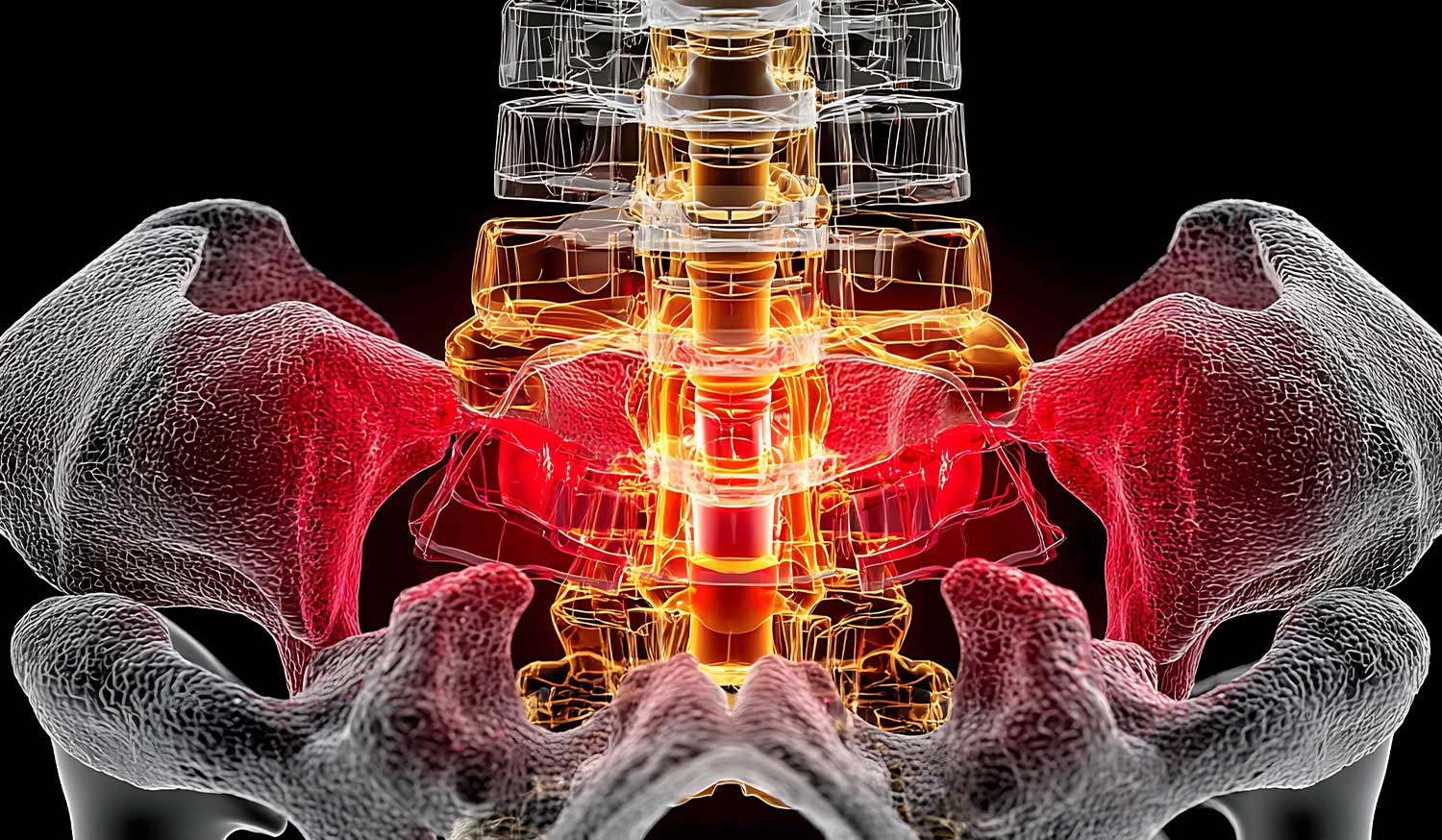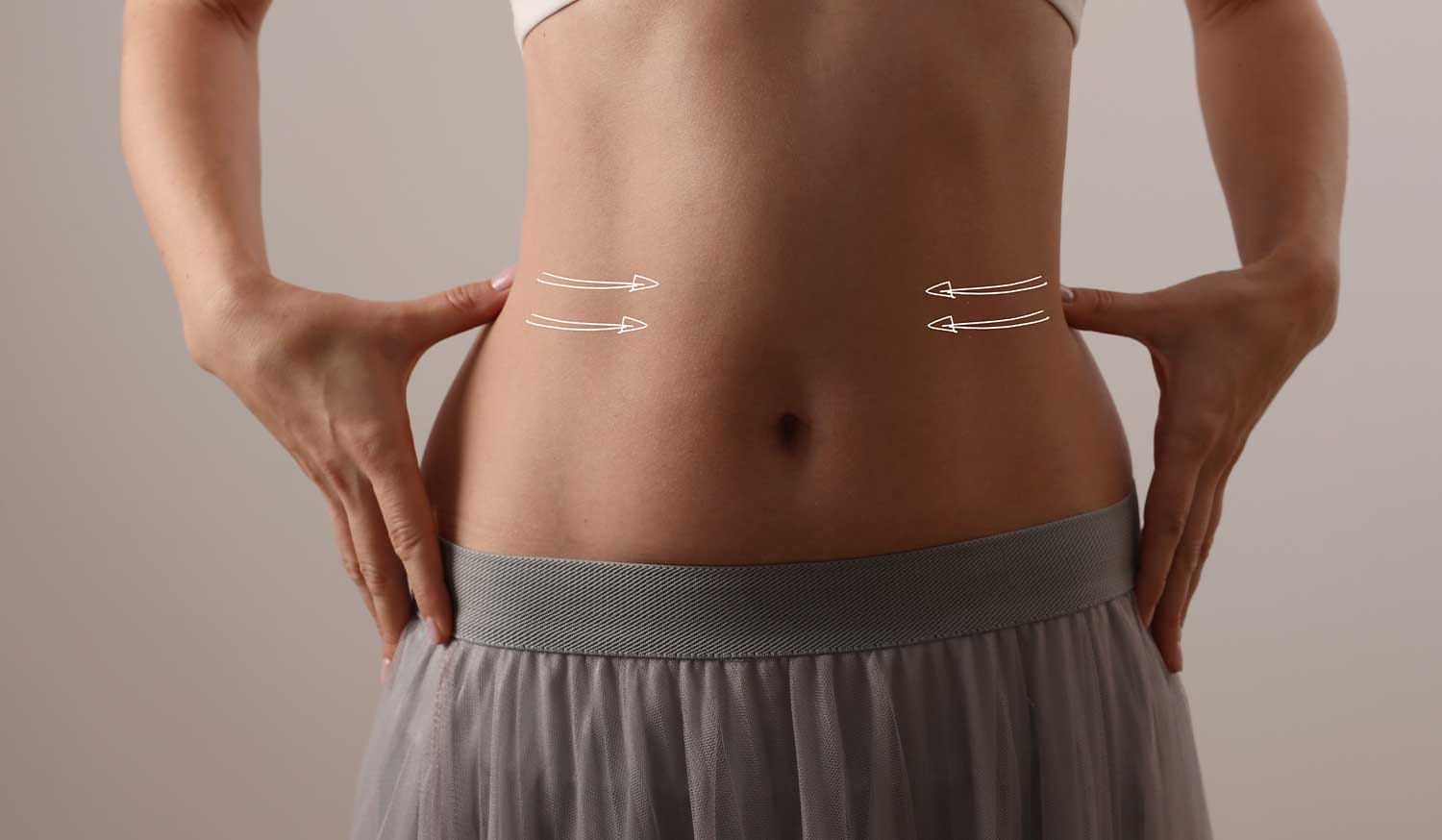Expert osteopathy for pelvic imbalance in London. Safe, evidence-based treatment by licensed osteopaths at MHV Clinic. Book your consultation today.

Pelvic imbalance – sometimes called pelvic misalignment – can cause persistent discomfort, reduce mobility, and impact your everyday life. However, with the right osteopathic approach, you can restore balance, relieve pain, and regain function. At MHV Clinic in London, our experienced osteopaths specialise in gentle, evidence-based treatment protocols tailored to your individual needs.
Pelvic imbalance occurs when one half of the pelvis is positioned differently from the other, leading to uneven muscle tension, joint stress, and compensatory movement patterns. This can manifest as:
Importantly, pelvic misalignment is not merely a “structural” issue. Muscles, ligaments, and nerves all interact with one another. Consequently, a holistic approach—one that considers biomechanics, neurology, and lifestyle—is vital to achieve lasting relief.
Several factors may contribute to pelvic imbalance:
Osteopathy offers a hands-on, patient-centred approach to pelvic imbalance treatment in London. Our osteopaths at MHV Clinic employ:
Moreover, our methods align with the National Institute for Health and Care Excellence (NICE) guidance, which recommends manual therapy—including osteopathy—for low back and pelvic girdle pain when conservative measures are appropriate.

With many clinics to choose from, consider:
At MHV Clinic, our osteopaths combine over a decade of collective experience with ongoing professional development, ensuring you receive the highest standard of care.
We adhere strictly to the Advertising Standards Authority (ASA) guidance for health claims, ensuring all statements are accurate and provable <a href=”https://www.asa.org.uk/advice-online/health-osteopathy.html” target=”_blank”>ASA: Health – Osteopathy</a>. In addition:
Q: How many sessions will I need?
A: Most clients see significant improvement within 4–6 sessions, though this varies with the severity and duration of symptoms. Individual results may vary.
Q: Is osteopathy safe during pregnancy?
A: Yes—prenatal osteopathy is gentle and tailored to the expectant mother. We use pregnancy-safe positions and techniques to alleviate pelvic girdle pain.
Q: Will my treatment hurt?
A: Osteopathic techniques are generally comfortable. You may experience mild soreness after deep soft tissue work, similar to post-exercise muscle ache.
Q: Can I combine osteopathy with other treatments?
A: Absolutely. Our practitioners often collaborate with physiotherapists, chiropractors, and other healthcare professionals to maximise your recovery.